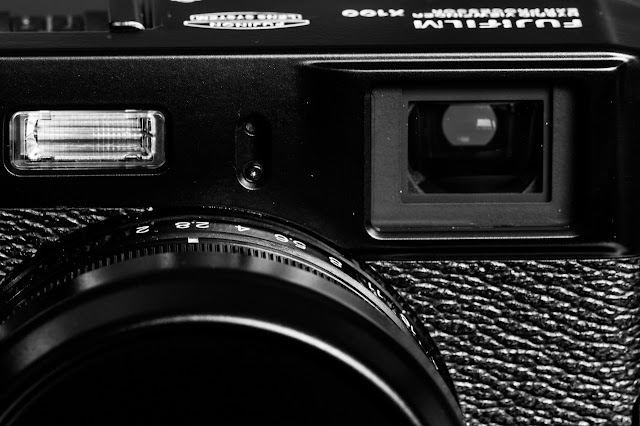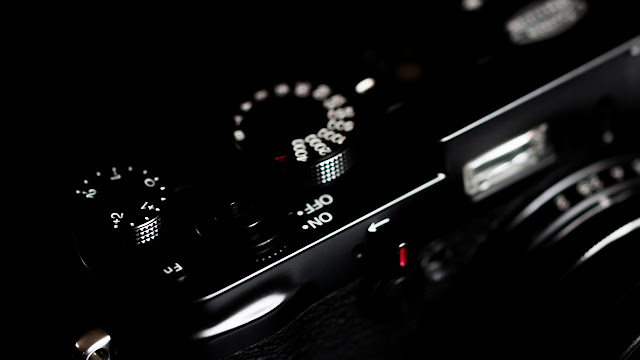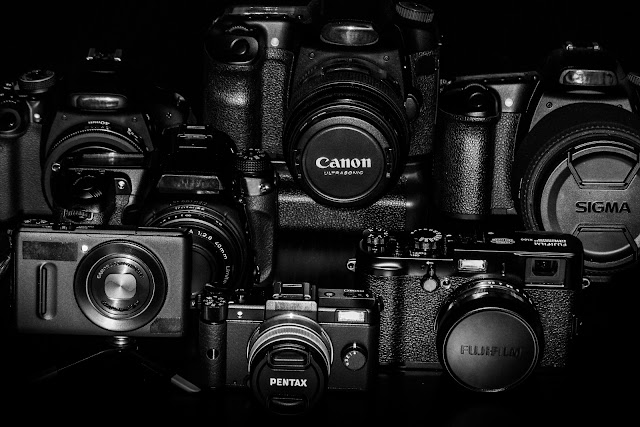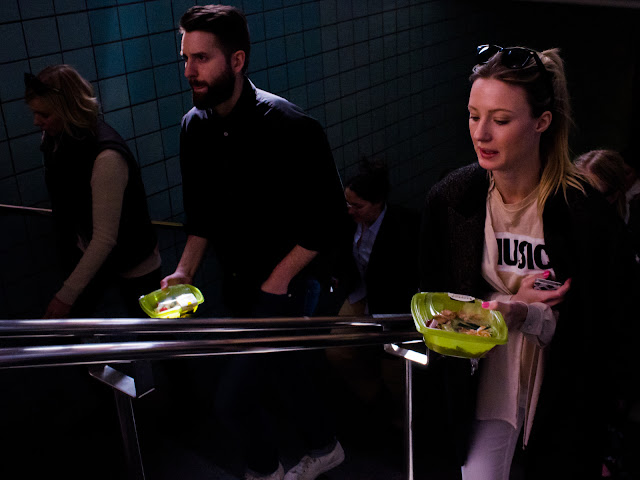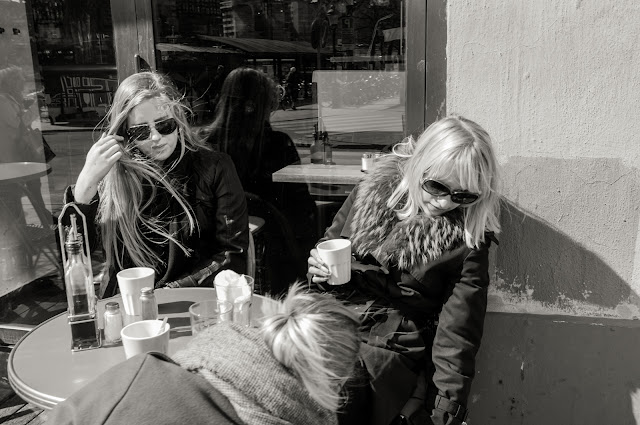Back in 2010 when Fujifilm presented the X100
at photokina I knew this was the camera I wanted. I have always wanted a true
digital rangefinder but I am not impressed by what Leica has done in terms of
digital cameras, and with no competition out there Leica is the only road for
those who want a true digital rangefinder. Well I knew this road wasn’t for me and when
Fujifilm announced the X100, even if it wasn’t a true rangefinder it was a
modern take on the rangefinder concept adding autofocus and a unique new
feature. This new revolutionizing feature was the hybrid viewfinder, combining
an optical viewfinder with an electronic one. The fact that the optical
viewfinder had an electronic overlay with frame lines and all other needed
information was also something new and futuristic. Fuji had with the release of
the X100 placed Leica on the second row in digital photography. Fuji was
suddenly the new Leica and the X100 image quality was surpassing the Leica M9
in many ways including ISO performance, colour depth and dynamic range. The
X100 was a bit pricy at first but still just a fraction (about 25%) of a Leica
M9 body alone.
When the X100 black came out I knew that it was time to go camera shopping. This was a limited edition (10000 cameras made), and I have got No 6365. I have now had the camera for more than 8 months and it is still growing on me. There are some things you have to work around with the X100 including the menu system, auto focus, manual focus and some buttons that could be more user friendly.
The great thing with all those short comings is that Fujifilm fixed all these “problems” in the newly released X100S. I rarely have any issues though, it depends how you use the camera and for what purpose. I use it as a tool for doing the majority of my street photography, and for that it’s good enough, of course I would like the autofocus to be faster and I would like the 16 MPixel files without an anti-aliasing filter for extra sharpness that the X100S gives you. But again, the way I use the camera for most of my shots it’s not a big deal, my default settings when doing street photography is the following.
Focus: manual
Aperture: 8 (using f/2-5,6 mostly with autofocus)
Shutter speed: 1/500 (1/60-1/1000 depending on the light and movement of the subject)
ISO: auto (200-3200)
I use different metering modes depending on the situation, and sometimes I use exposure compensation if needed. Otherwise it’s a simple structure; I control everything manually except the ISO, which will alter between 200-3200. This is what I have found works best for my style of street photography. In some situations I use the camera in autofocus mode, usually if the situation gives me time or if the subject is still.
I can highly recommend the X100 for shooting
street photography. It’s a great tool for the job, and now there is even a
better one out namely the X100S but it’s also more expensive. There are still
some black editions on sale at least here in Sweden at a great price. I like the black edition because it's not as eye catching as the black/silver one. Well you can always use Gaffer tape to cover the silver parts, but no need to do that on the black limited edition...
Pentax Q on top of the X100
The cameras I use at the moment.
Back row from the left: Canon 600D+40/2.8 STM,
Canon 40D+85/1.8, Canon 30D+Sigma 150/2.8 macro.
Middle row: Pentax K-5+40/2.8 Limited.
Front row: Canon PS S100, Pentax Q+01 standard prime, Fujifilm X100 (Black limited ed)
Front row: Canon PS S100, Pentax Q+01 standard prime, Fujifilm X100 (Black limited ed)


